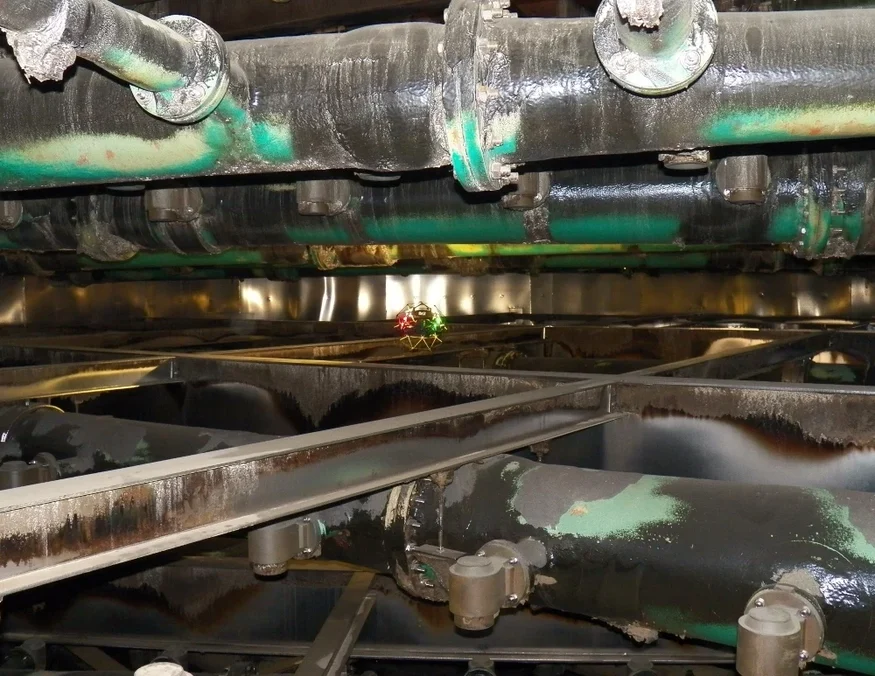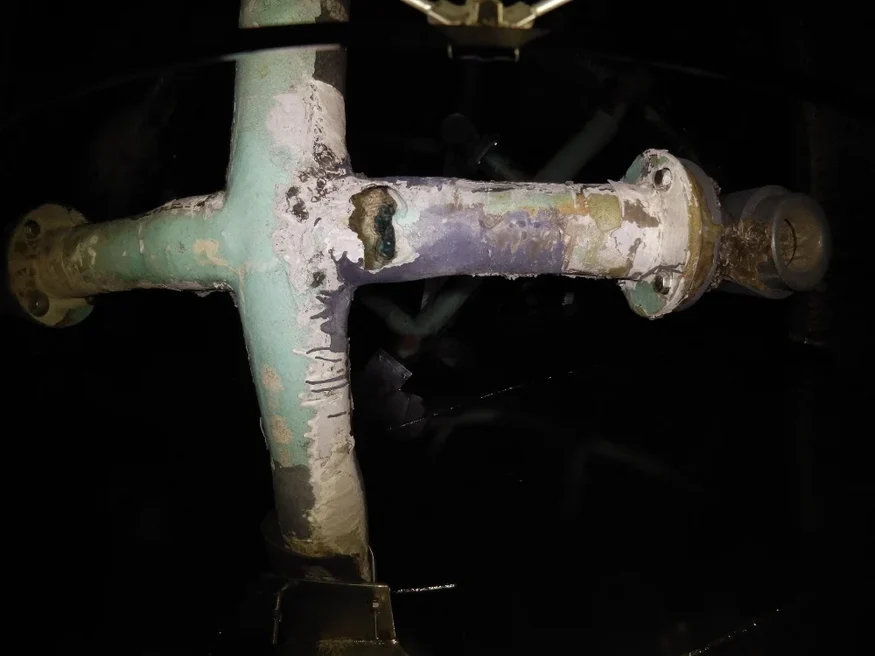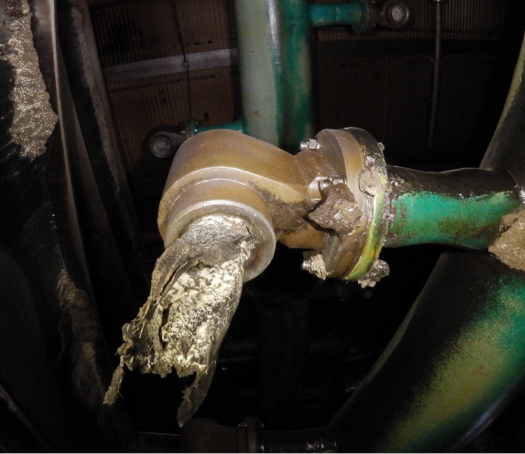Drone Reduces Time Needed for Scrubber Inspection by 98%, Saving 470 Hours of Work
Drone Cuts Scrubber Inspection Time by 98%, Saving 470 Hours of Work
The Tennessee Valley Authority (TVA) recently tested the Elios 2 drone for inspecting a scrubber at one of its power plants and found that it significantly improved safety while dramatically reducing inspection time.
Key Benefits at a Glance
|
Safety |
Speed |
Enhanced Maintenance |
About the Tennessee Valley Authority
The Tennessee Valley Authority (TVA) is the largest public power provider in the United States. It serves over 10 million people across seven southeastern states through 153 local power companies and large industrial customers. Since its founding in 1933, TVA has focused on innovation to reduce costs and improve employee safety.
In recent years, TVA has been exploring new technologies like drones to enhance operational efficiency. Their goal is to find smarter, safer, and faster ways to perform critical tasks, such as inspecting complex equipment like scrubbers.
Why Scrubbers Need Regular Inspections
Scrubbers, also known as flue gas desulfurization (FGD) units, are essential for removing sulfur dioxide from coal-fired power plant emissions. These massive structures are filled with limestone slurry and can be over 100 feet tall, making internal inspections challenging and hazardous.
Inspectors must climb scaffolding up to 80 feet high to check spray headers and other components. This process is not only time-consuming but also poses significant safety risks. For these reasons, TVA saw an opportunity to test drone technology for remote inspections.
The Drone Solution
TVA’s UAS Program Manager, James Manni, decided to test the Elios 2 drone for inspecting the Unit 2 scrubber at the Cumberland Fossil Plant. The Elios 2 is designed to operate safely in tight, indoor spaces, with a protective cage that allows it to bump into objects without losing control.
The goal was to see if the drone could collect detailed visual data without requiring scaffolding, thereby improving both safety and efficiency. The test site was a massive scrubber structure, making it a perfect environment to evaluate the drone's capabilities.

Successful Results
The first test was a success. During the initial flight, the team discovered a maintenance issue in one of the scrubber’s spray headers. They quickly addressed it, allowing operations to continue safely until a full repair could be made during the next scheduled outage.
After identifying the issue, the team completed the full inspection within 8–10 hours, collecting all necessary visual data remotely. No scaffolding was needed, and no personnel had to work at dangerous heights.
Later, the Elios 2 was used to inspect Unit 1, where a fluid leak had been detected. Instead of draining the entire scrubber and setting up scaffolding, the team flew the drone directly to the source of the leak, saving time and resources.

Image captured by drone during the mission
Watch this video to see what the drone captured during the inspection:
Real-World Impact
The biggest benefit of using the drone was safety. TVA employees no longer have to climb scaffolding or work in confined spaces, which reduces the risk of accidents. Additionally, the inspection process became much faster—saving over 470 hours of labor.
Using traditional methods, the same inspection would have taken 480 hours: 450 hours to set up and remove scaffolding, plus 30 hours for the actual inspection. With the drone, the whole process took just 10 hours, cutting time by 98%.

Another image captured by the drone
Looking Ahead
Since the initial success, TVA has continued to use the Elios 2 for routine inspections. James Manni and his team have already identified leaks and other issues quickly, proving the value of drone technology in maintenance operations.
As more inspections are conducted, the benefits of using drones will become even clearer. With minimal setup time and high accuracy, drones offer a flexible and efficient solution for monitoring complex systems like scrubbers.
TVA plans to expand its drone program to other areas of its operations, looking for more opportunities to improve safety, efficiency, and cost-effectiveness. The future of inspection is clearly heading toward automation—and the Elios 2 is leading the way.
Steel Strip For Hardware Tools
Steel Strip For Hardware Tools,Carbon Spring Steel Strip,Steel Strip For Bimetal Saw Blade,Steel Strip For Knfie
Jiangyin Mitoo Precise Co.,Ltd. , https://www.mitoosteel.com